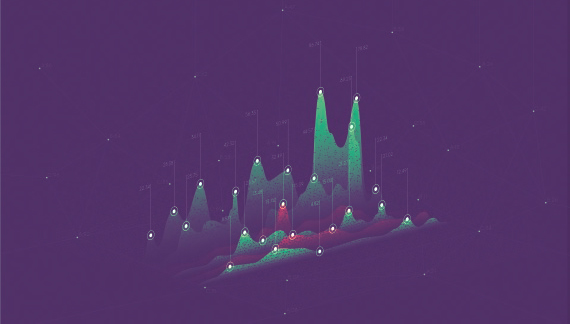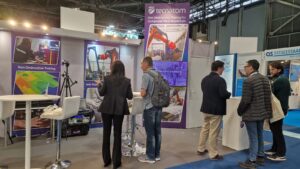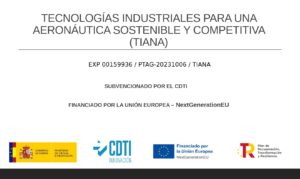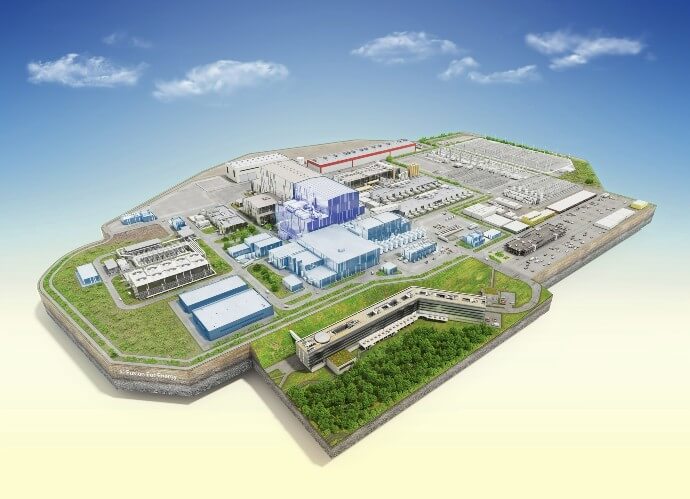Attempts have been made for several years now to introduce the breakthroughs made in artificial intelligence in almost all technical areas. Non-Destructive Testing (NDT) was not to be an exception. These inspections analyse the integrity of components or materials by interpreting different signals or images.
In this way, an expert in a given type of test (for example, ultrasonics or eddy currents) is able to discriminate between indications of no significance and real defects to be reported and studied. All of these techniques are highly procedural and regulated and, in all cases, require rigorous training qualifying the individual to perform this type of work.
With artificial intelligence, and more specifically in the area of machine learning, the aim is for the algorithms to learn from the data without prior knowledge of the issue in hand or of the relationships between its variables, in order for them to be able to acquire an “understanding” better than, or at least equivalent to, that of an expert.
At Tecnatom, we have been incorporating AI tools applicable to different fields of NDT in our software for a number of years. A clear example of this is the eddy current evaluation of steam generator tubes at nuclear power plants, these tubes being critical components for the operation of such facilities. Another example is the incorporation of AI in the evaluation of ultrasonic register CSCANs.
Can Machine Learning algorithms provide support for Non-Destructive Testing?
The answer is: most certainly.
Indeed, from the very beginnings of artificial intelligence, a parallel path was initiated on which different tools were used to progressively improve evaluation processes, making use of automatic analysis systems based on mathematical models and expert systems.
At present, and thanks to current computation capacities, most lines of development work with algorithms that learn autonomously (with supervision or otherwise) to solve tasks, perform classifications or identify patterns. This is precisely what is required in the analysis of components by means of NDT.
What are the greatest challenges when implementing them?
One of the first steps to be dealt with when addressing NDT through machine learning is to ensure the availability of an adequate data set.
On the one hand, it is necessary for there to be a sizeable quantity of data serving as an example for the algorithms to learn. This quantity will depend strongly on the complexity of the task to be performed. However, the performance of tasks not requiring large amounts of data will not require a machine learning algorithm, but simply a robust expert system with defined rules.
Furthermore, these data must contain a sufficient number of samples with the case histories that we want to learn to discriminate and, generally speaking, there are very few real indications available. It is also necessary for the data to be “comparable”, for which reason they must be standardised in one way or another in order for irrelevant variables not to influence the results.
What benefits does the promise of Artificial Intelligence provide?
Fundamentally: consistency, reliability and speed and, therefore, the obviously attractive and highly sought reduction of costs.
- Consistency and reliability must be demonstrated through the corresponding validation and qualification tests, but once the ratios sought are achieved, they remain constant over time since no human factors come into play and, as a result, the error index remains stable.
- Time reduction is another parameter that is fundamentally important in any industrial activity, since it has a direct impact on cost reduction and improvement of services, providing results much more directly.
What is our position?
Firstly, given the number of algorithms and networks available, one option is to divide evaluation tasks and implement specific and partial tools instead of attempting to provide global solutions.
It is also necessary to adopt a medium/long-term approach, establishing objectives and orienting inspections from data acquisition to evaluation procedures with a view to providing consistent and useful databases for the training of future SW tools.
The advantages are so clear that work should proceed on their implementation. In this respect there are mixed solutions that have been already been implemented in the sector in which experts work with the support of algorithms that help them to improve the quality of their processes and reduce times, allowing them to pay greater attention to those indications that are really significant.
For further information on the history of AI and its applications in NDT, click on this link.
Author: Alfonso Laín







